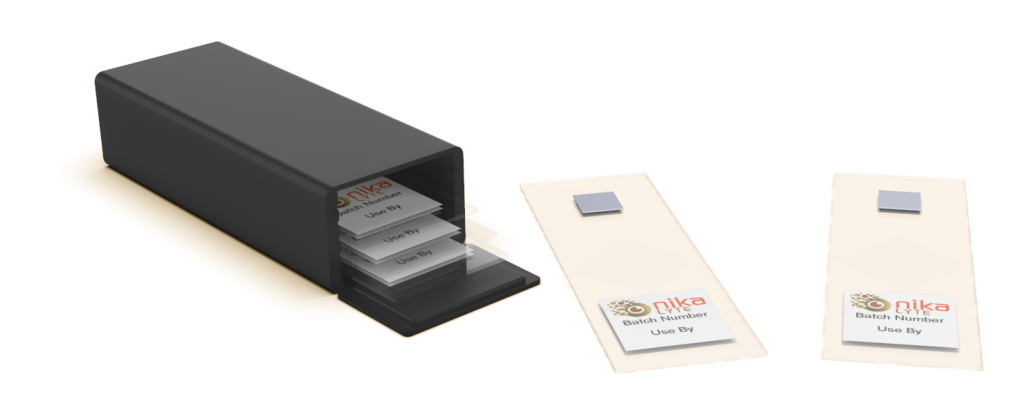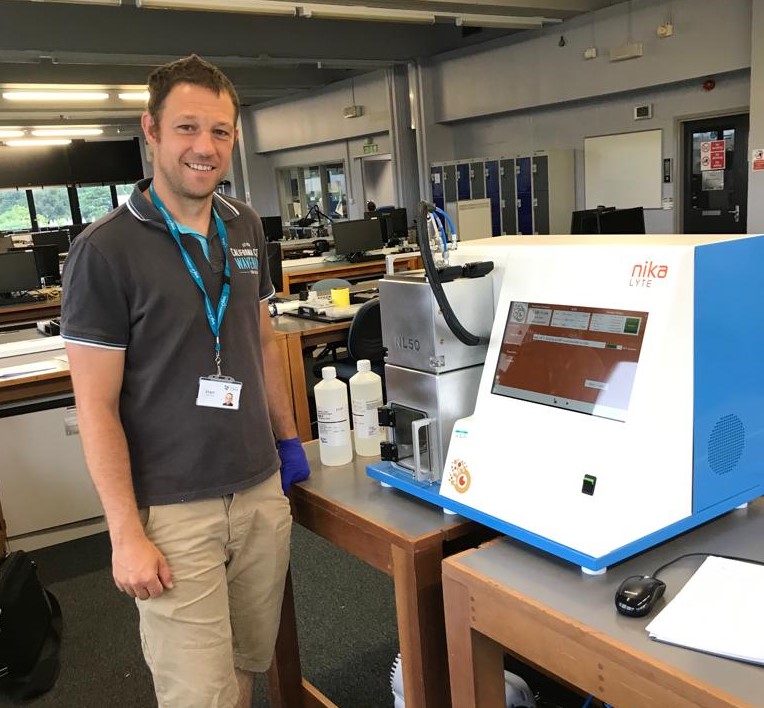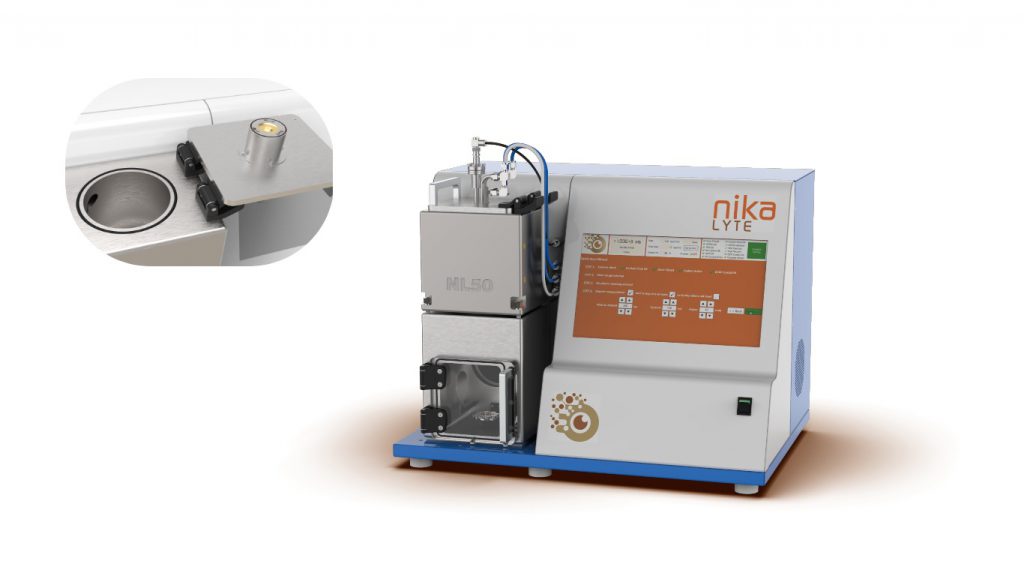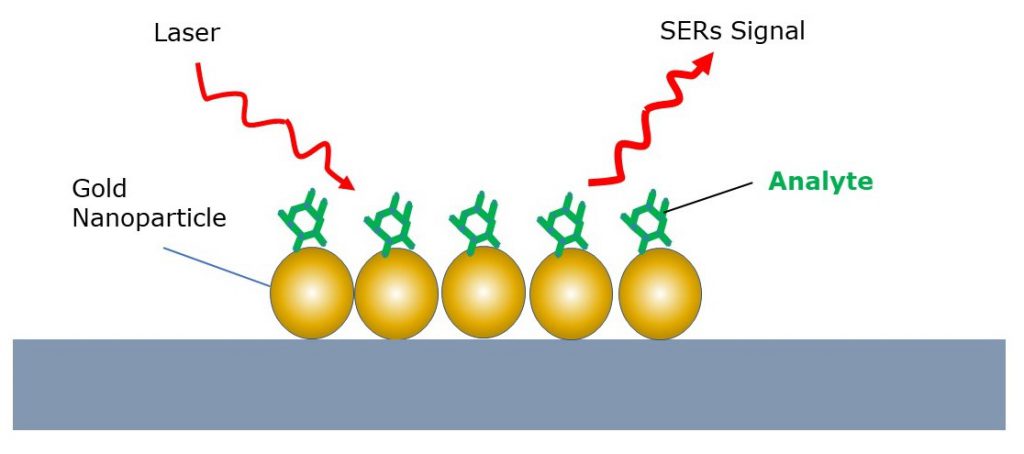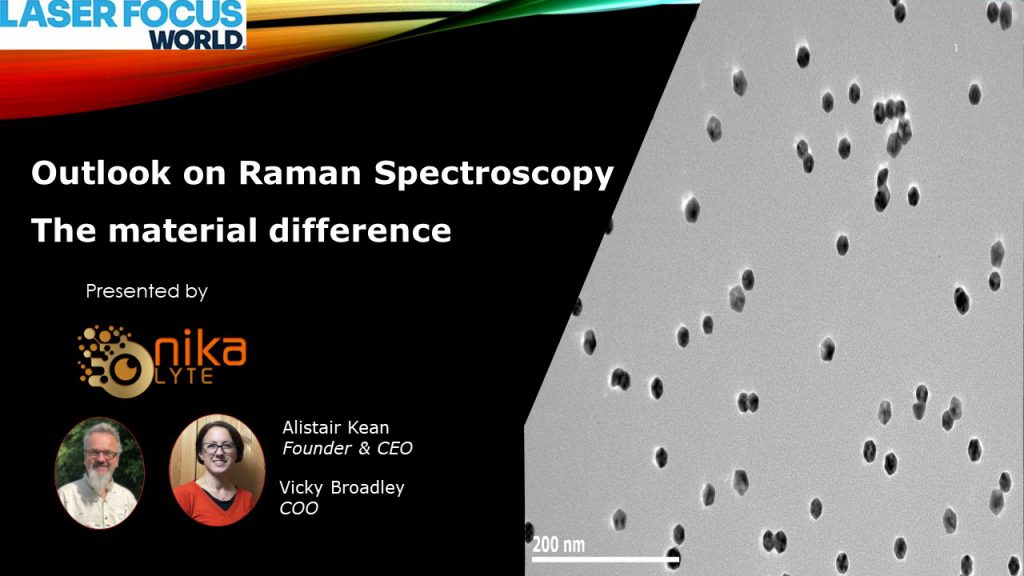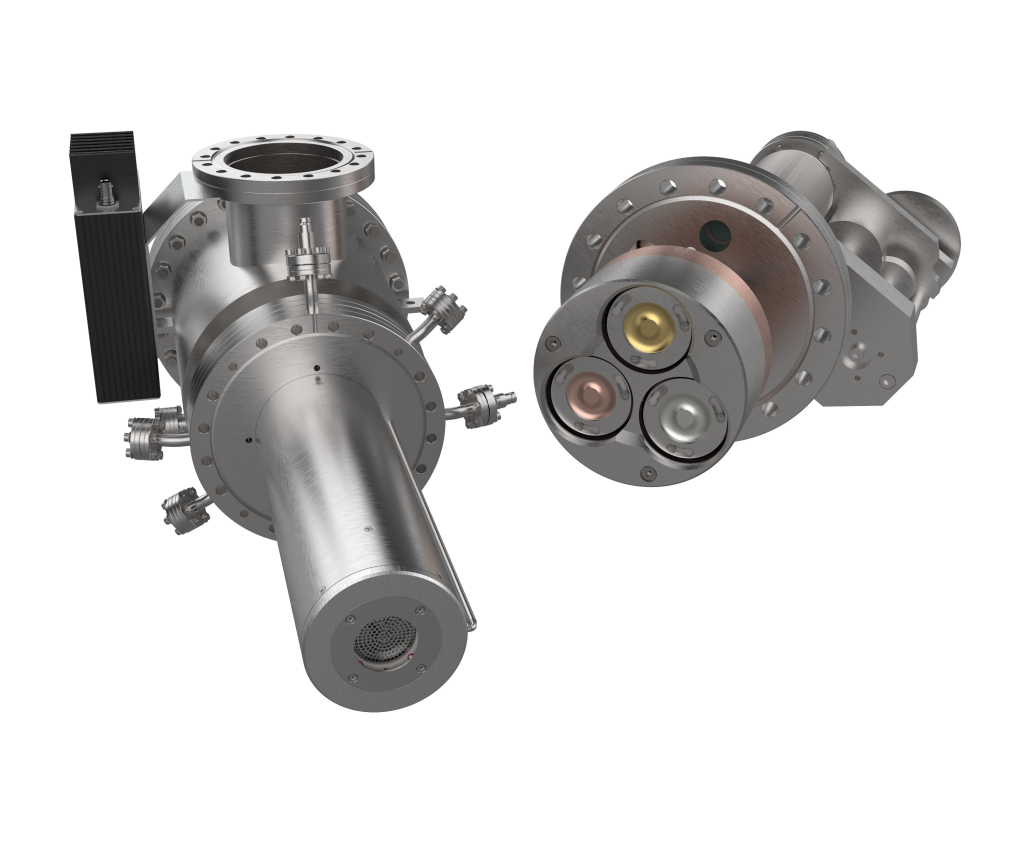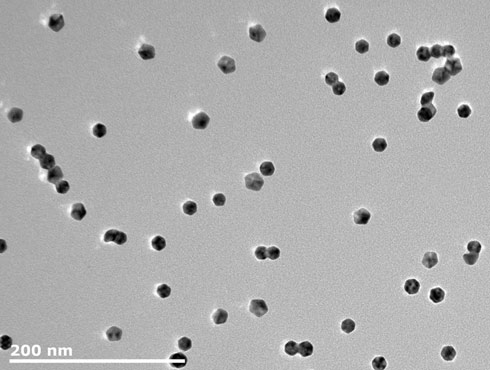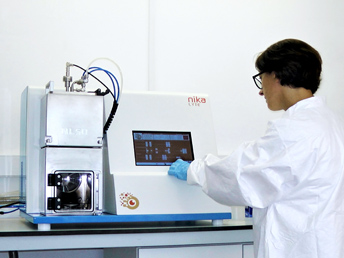What Substrates Can be Coated with Deposition Systems?
Sputter coating and many other deposition techniques, including PVD, have become essential tools in the research scientist’s arsenal. Modern sputter deposition systems are practically unrecognisable from their earliest counterparts, with vacuum chambers and sputtering systems now operable on the benchtop. There is often a concern that championing ease-of-usability and compactness will lead to compromises on […]
What Substrates Can be Coated with Deposition Systems? Read More »

